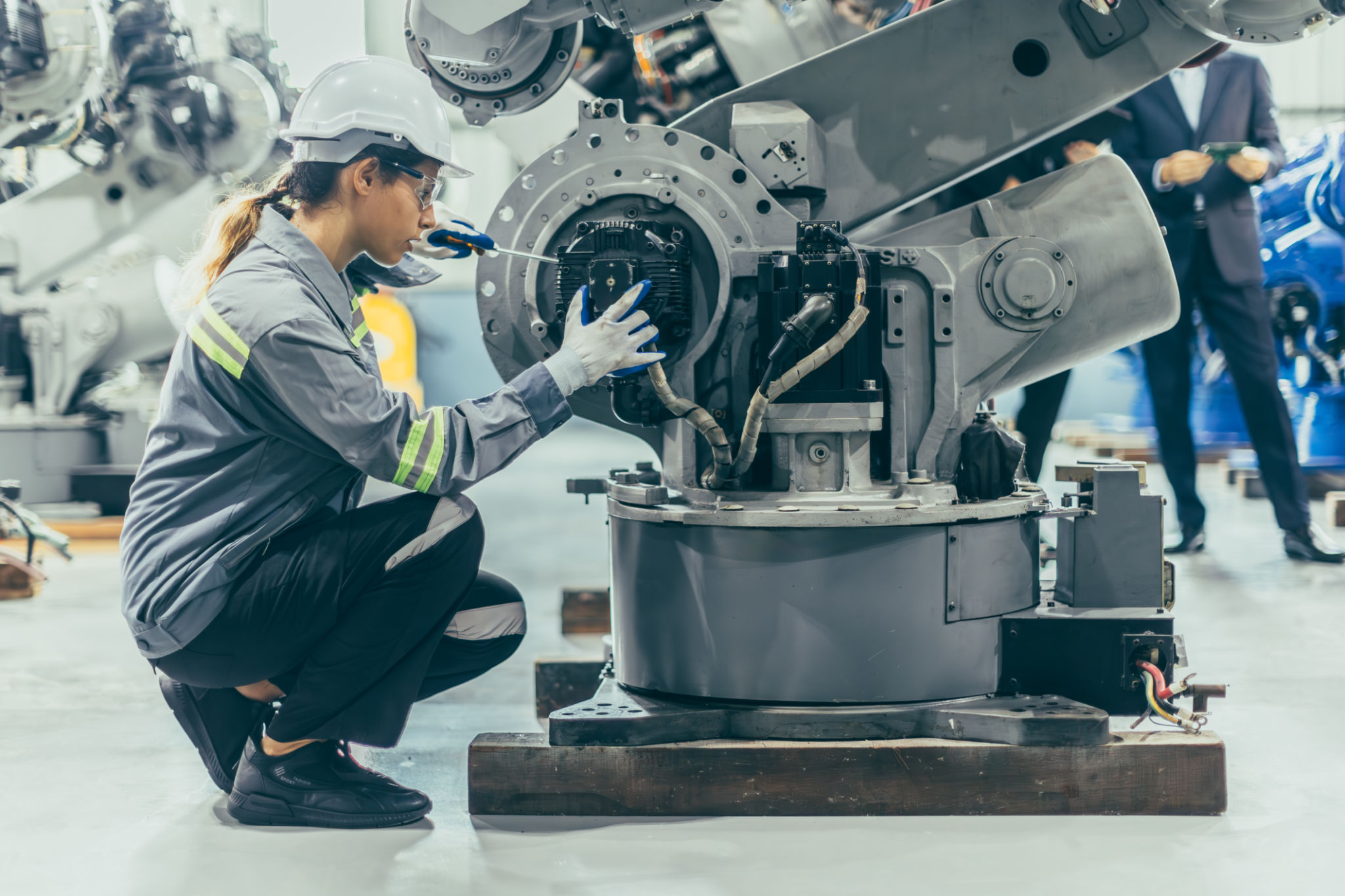How Weather in Vietnam Affects Garment Machinery Performance
Introduction to Vietnam's Climate
Vietnam's unique geographical positioning gives it a diverse climate, characterized by a tropical monsoon environment in the southern regions and a more temperate climate in the north. This variation presents both opportunities and challenges for industries, particularly those reliant on machinery, like the garment sector.

Humidity: A Double-Edged Sword
The high humidity levels, especially during the monsoon season, can be both a boon and a bane for garment machinery. While certain textile processes benefit from moisture, excess humidity can lead to rusting and corrosion of machinery components. This necessitates regular maintenance and the use of protective coatings to ensure longevity and efficiency.
Preventive Measures
To mitigate these issues, garment factories often employ dehumidifiers and climate control systems. These technologies help maintain optimal humidity levels within production facilities, safeguarding machinery from the detrimental effects of excessive moisture.
Temperature Fluctuations and Their Impact
Vietnam experiences significant temperature fluctuations, particularly between its northern and southern regions. These variations can affect the performance of garment machinery, as temperatures influence the thermal expansion and contraction of machine parts.

Adapting to Temperature Changes
To combat temperature-related challenges, manufacturers often use materials that can withstand thermal expansion. Regular calibration and maintenance checks also play a crucial role in ensuring machines operate efficiently despite external temperature changes.
The Role of Seasonal Changes
With distinct wet and dry seasons, Vietnam's climate affects production schedules in garment factories. During the wet season, increased downtime may occur due to power outages or delays in material transport caused by flooding.
Strategies for Continuity
To maintain production continuity, manufacturers often invest in backup power solutions and establish flexible supply chain arrangements. These strategies help mitigate the risks posed by seasonal disruptions and ensure steady production flows.

Conclusion: Embracing Technology
As Vietnam continues to be a key player in the global garment industry, understanding and adapting to its climatic challenges is essential for maintaining competitive advantage. By investing in advanced technology and robust infrastructure, garment manufacturers can not only safeguard their machinery but also enhance overall operational efficiency.
